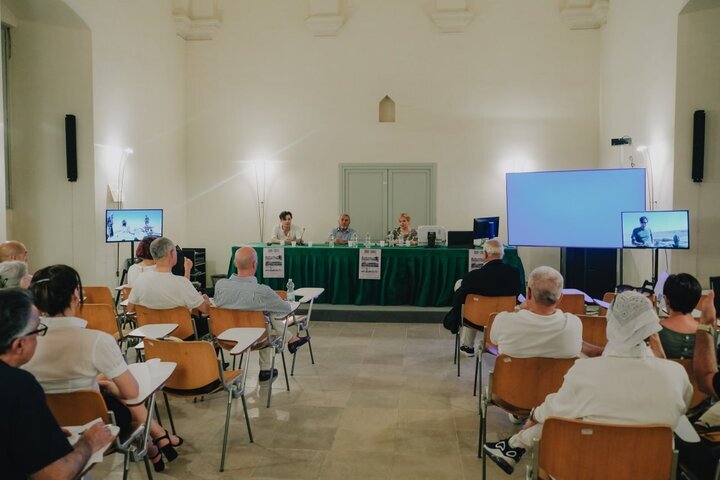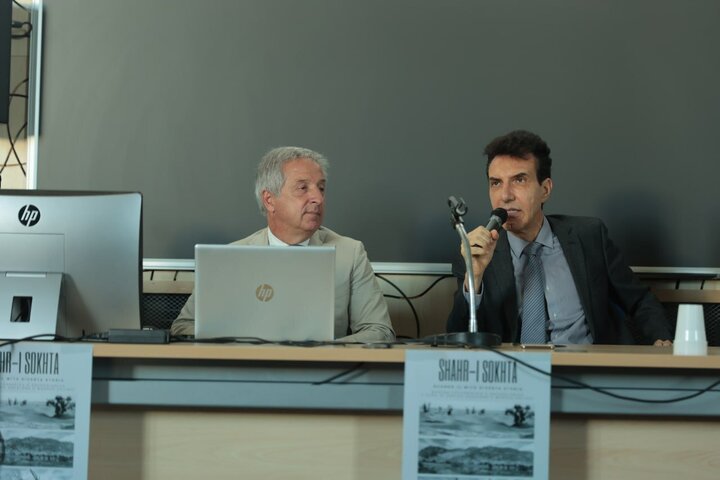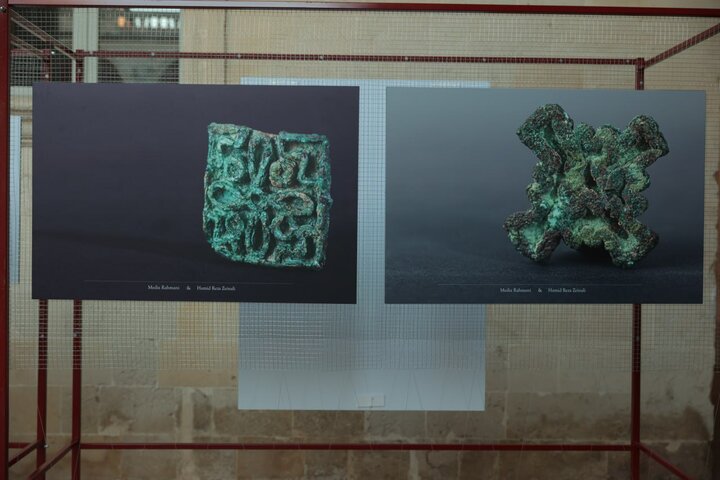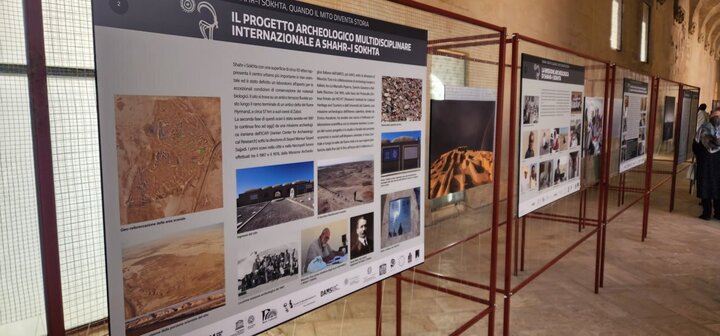Iranian-Italian cooperation spotlighted at Burnt City exhibit in Italy

TEHRAN - The University of Salento has recently held a cultural meeting in connection with an exhibition it hosted earlier this year on Iran’s Burnt City, a UNESCO-listed site better known as Shahr-e Sukhteh locally.
The event was attended by the former Italian ambassador to Iran, Giuseppe Perrone, and several diplomats, archaeologists, and cultural heritage enthusiasts, Mehr reported on Monday.
During the meeting, an Iranian diplomat emphasized that the Burnt City project exemplifies one of the most significant forms of cooperation between the two countries. He noted that the discoveries at the site reflect ancient cultural and trade exchanges between Iran and other civilizations across the world.
Former ambassador Perrone, known for his passion for Iranian culture, also praised the unique aspects of the Burnt City, underscoring its significance.
In addition, the Iranian archaeologist Seyyed Mansour Seyyed Sajjadi, who has led archaeological efforts at the Burnt City for many years, discussed the importance of the site and its discoveries.

He explained that collaboration between the University of Salento and Iranian archaeologists began in 2016, resulting in significant discoveries that have been shared internationally.
Then, he highlighted the title of the exhibition, “Shahr-e Sukhteh: When Myth Becomes History,” and emphasized the importance of exhibitions that convey meaningful narratives rather than merely displaying objects.
“I don’t agree with exhibitions that showcase only artifacts without context,” Seyyed Sajjadi remarked. “Visitors who aren’t specialists may enjoy seeing the objects but won’t fully understand how they were discovered or what they represent. In archaeology, excavation accounts for only 25% of the work; the remaining 75% lies in post-excavation research and analysis.”

Elsewhere in his remarks, the archaeologist revealed that the idea of preparing the exhibition began three years ago, leading to the creation of 60 posters and 43 photographs. These visuals, accompanied by detailed explanations, were displayed to help visitors better understand the artifacts and the site. He added that Italian visitors were particularly fascinated by the environmental conditions of the Burnt City, as it offered insights into the ancient climate of the region.
The collaboration between the Iranian Research Institute for Cultural Heritage and the University of Salento was formalized in 2016 through an agreement. In 2021, several books documenting the project’s findings were published in multiple languages.
Featuring 141 photographs, explanatory panels, and a reconstruction of the latest scientific findings, the exhibition offered an Italian preview of the research conducted on the Iranian UNESCO site.
The Burnt City in Persian—was first explored by an Italian archaeological mission between 1967 and 1978. Later, the archaeologist Seyyed Sajjadi conducted further excavations. Since 2016, cooperation between Iranian and Italian archaeologists has resumed through a new project led by Enrico Ascalone at the University of Salento.

Between the late 4th and 3rd millennium BC, the city was a major center for the processing and trade of semi-precious stones, particularly lapis lazuli and turquoise, but also alabaster, carnelian, jasper, steatite, and rock crystal.
Founded around 3200 BC, Burnt City was populated during four main periods up to 1800 BC. Previous rounds of excavations showed that its residents had great skills in weaving, and creating fine arts such as decorative objects, stone carving, and pottery painting.
According to the UN cultural body, changes in watercourses and climate change led to the eventual abandonment of the city in the early second millennium. The structures, burial grounds and large number of significant artifacts unearthed there and their well-preserved state due to the dry desert climate make this site a rich source of information regarding the emergence of complex societies and contacts between them in the third millennium BC.
Burnt City is situated in Iran’s southeastern province of Sistan-Baluchestan, which was once a junction of Bronze-Age trade routes crossing the Iranian plateau.
AM
Leave a Comment